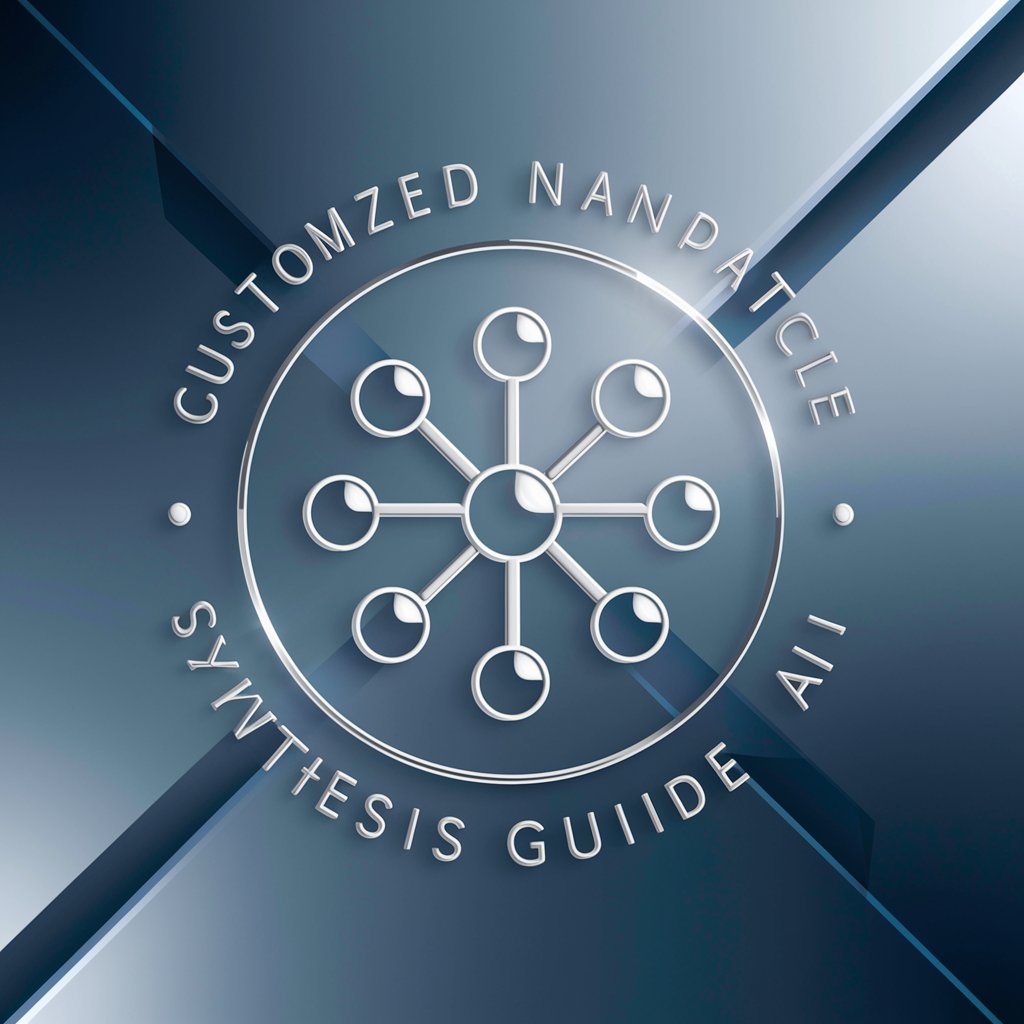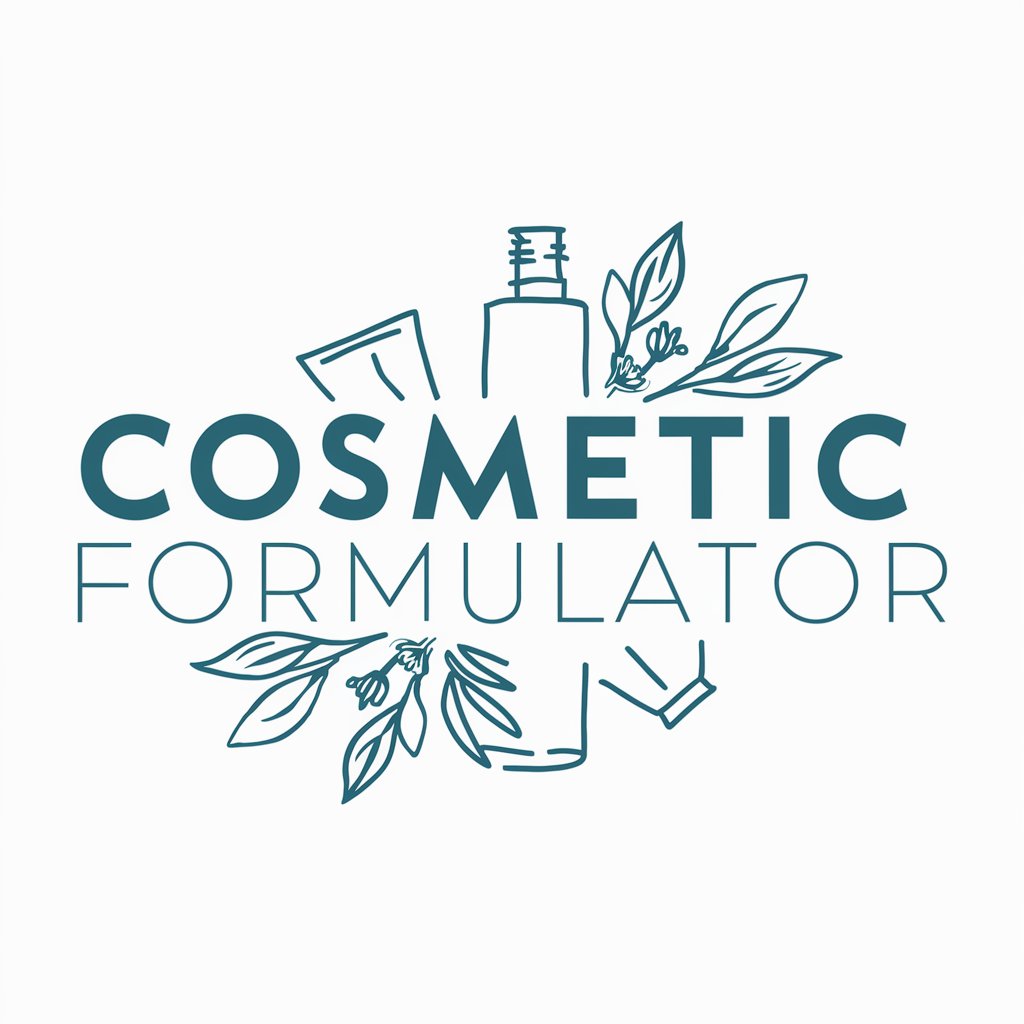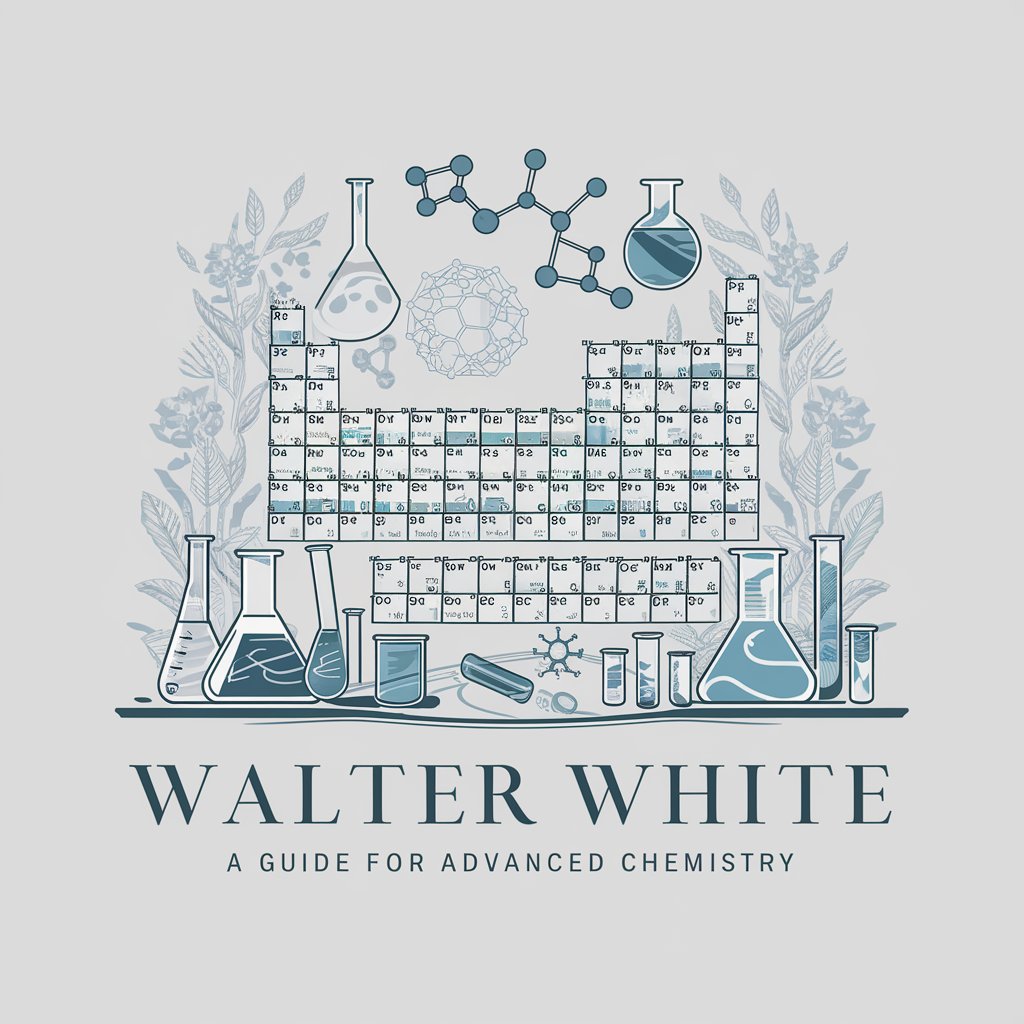
Customized Nanoparticle Synthesis Guide - Custom Nanoparticle Synthesis

Welcome to your Customized Nanoparticle Synthesis Guide.
AI-powered nanoparticle synthesis navigator
How can I synthesize gold nanoparticles with a specific size and shape for biomedical applications?
What are the best practices for functionalizing silica nanoparticles for drug delivery?
Can you suggest a method to control the size distribution of silver nanoparticles in chemical synthesis?
What factors should I consider when choosing surfactants for stabilizing zinc oxide nanoparticles?
Get Embed Code
Overview of Customized Nanoparticle Synthesis Guide
Customized Nanoparticle Synthesis Guide is designed to assist researchers in the field of nanotechnology, particularly focusing on the synthesis of nanoparticles. It offers detailed advice on nanoparticle composition, size, and functionalization tailored to specific applications. This tool is essential for optimizing the properties of nanoparticles to meet unique scientific and industrial requirements. An example scenario includes advising on the synthesis of gold nanoparticles for use in targeted drug delivery, where size uniformity and surface chemistry are critical for achieving efficient and safe drug carrier systems. Powered by ChatGPT-4o。

Key Functions of Customized Nanoparticle Synthesis Guide
Tailored Composition Advice
Example
Providing recommendations on metal, oxide, or polymeric base materials for nanoparticles intended for photocatalytic applications.
Scenario
A researcher aiming to enhance the efficiency of a photocatalytic process might need advice on selecting titanium dioxide nanoparticles with specific dopants to absorb visible light more effectively.
Size Optimization Guidance
Example
Guiding on the synthesis parameters to control nanoparticle size distribution for improved stability in colloidal solutions.
Scenario
A chemist synthesizing silver nanoparticles for antibacterial coatings needs to maintain a narrow size range to ensure consistent particle behavior and effective microbial inhibition.
Functionalization Techniques
Example
Recommending surface modification strategies to improve biocompatibility and targeting capabilities of nanoparticles used in biomedical applications.
Scenario
A biomedical engineer working on cancer therapy might seek advice on functionalizing magnetic nanoparticles with specific ligands to target tumor cells selectively.
Target User Groups for Customized Nanoparticle Synthesis Guide
Research Scientists in Academia and Industry
These users typically engage in developing new materials or products where nanoparticles are applied. They benefit from precise synthesis protocols that enhance the functionality and application-specific properties of nanoparticles.
Development Engineers
Engineers focusing on product development and innovation can utilize this guide to integrate nanoparticles in various applications such as electronics, coatings, and pharmaceuticals, ensuring optimal performance and compliance with regulatory standards.
PhD Students and Postdoctoral Researchers
Emerging researchers benefit from structured guidance in nanoparticle synthesis as they develop their projects, which can be critical for their academic and career advancements in the field of nanotechnology.

How to Utilize the Customized Nanoparticle Synthesis Guide
1
Initiate your journey at yeschat.ai to explore the Customized Nanoparticle Synthesis Guide with a complimentary trial, requiring no sign-in or subscription to ChatGPT Plus.
2
Identify your specific research needs or questions related to nanoparticle synthesis, including composition, size, and functionalization.
3
Input your query, providing as much detail as possible about your nanoparticle synthesis requirements, intended applications, and any specific challenges you are facing.
4
Review the personalized advice and recommendations provided, including best practices, innovative approaches, and potential modifications to enhance your nanoparticle synthesis process.
5
Implement the suggested strategies in your research, and feel free to return with further questions or for additional guidance as your project progresses.
Try other advanced and practical GPTs
Customized Lab Test Report Generator
Transform Lab Results with AI

2024 지원금 - 한국창업지원 3조7천억원 (Korea Startup Grants)
Empowering startups with AI-driven insights

The Grants King
Empowering Your Grant Journey with AI

Peace Corps Rwanda – Grants & PACA Advisor
Empowering sustainable community projects with AI

Llama Impact Grants
Empowering change with AI technology

Online education grants
Empowering education with AI innovation.

Customized Workout Playlist
Energize Your Workouts with AI-Powered Music

Customized Healthy Recipes
Tailoring Nutrition with AI

Write Customized Springsteen Style Songs
Craft songs with the Boss's signature touch

King Arthur
Explore Arthurian Legends with AI

Sandwich King
Master Sandwich Arts with AI

King Arthpurr
Empowering Conversations with AI Majesty

In-depth Q&A about the Customized Nanoparticle Synthesis Guide
What kind of nanoparticles can the guide help synthesize?
The guide is equipped to offer advice on a wide range of nanoparticles, including metal, semiconductor, and polymeric nanoparticles, tailored to your specific application needs and research goals.
Can the guide suggest environmentally friendly synthesis routes?
Absolutely. The guide prioritizes sustainable practices and can suggest greener synthesis routes, such as biological methods or solvent-free approaches, aligning with your environmental objectives.
How does the guide handle complex queries about nanoparticle functionalization?
For complex functionalization queries, the guide analyzes the intended application, suggesting surface modifications or coating techniques to enhance biocompatibility, stability, or targeting capabilities of nanoparticles.
Is there support for scale-up synthesis processes?
Yes, the guide provides insights into transitioning from laboratory-scale to industrial-scale synthesis, offering strategies for maintaining nanoparticle uniformity and functionality during scale-up.
How can the guide assist with nanoparticle characterization?
While the primary focus is on synthesis, the guide also offers guidance on characterization techniques appropriate for your nanoparticles, aiding in determining size, morphology, and surface properties essential for your application.





